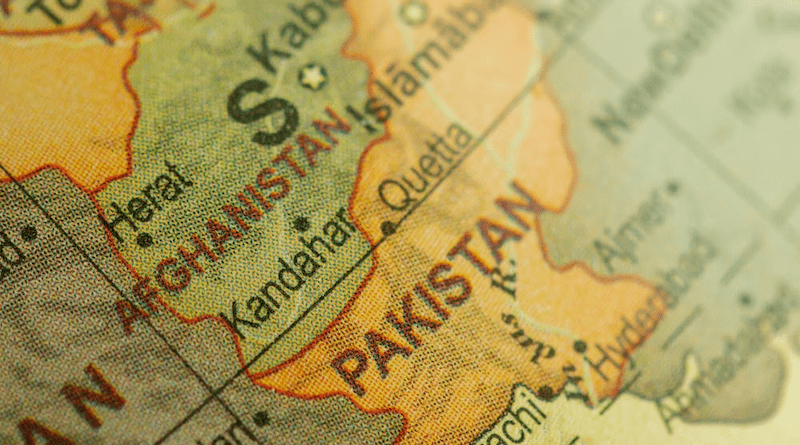Stability In Afghanistan Crucial To Belt And Road Initiative’s Potential – OpEd
By Shehla Rahim
The Belt and Road Initiative (BRI) represents a colossal effort aimed at constructing economic corridors, connecting China to Europe and Africa. This ambitious venture is poised to revolutionize global trade and infrastructure development. Yet, the initiative’s triumphant realization heavily depends on the stability and security of the regions it traverses.
Afghanistan, historically entrenched in conflict and unrest, holds a strategic position in this endeavor. Ensuring stability in Afghanistan is paramount, as it stands as a linchpin directly impacting the BRI’s aspirations. The region’s transformation from a historically conflict-ridden area to a bastion of peace and stability holds the potential to pave the way for the seamless execution of the BRI, enabling economic prosperity and seamless connectivity across continents. Afghanistan’s role in establishing stability is integral to the BRI’s success, setting the tone for a new era of progress and economic connectivity.
Economic Connectivity
Ensuring stability in Afghanistan holds significant promise for the Belt and Road Initiative (BRI), promising a multitude of economic prospects. A peaceful Afghanistan could lay the groundwork for thriving trade and commercial exchanges, bolstering economic expansion. Positioned strategically, Afghanistan could serve as a pivotal juncture facilitating BRI access to vibrant Central Asian markets. Such stability would foster uninterrupted trade routes, further strengthening economic interlinkages among participating nations. The potential economic surge through these corridors could invigorate regional prosperity, amplifying economic growth and cooperation, and fostering an interconnected network of economies.
Afghanistan’s stability is fundamental in mitigating security threats along the BRI route. A peaceful Afghanistan would contribute to enhanced border security and cooperation, mitigating the inflow of illicit activities and extremist elements. With secure transit, BRI infrastructure projects could be safeguarded, enabling a safer and more efficient passage for goods and services.
A stabilized Afghanistan will emerge as an alluring investment hub, presenting heightened prospects for economic development and increased investments. With improved stability, it encourages substantial infrastructural growth and the emergence of fresh economic prospects. Beyond just fostering Afghanistan’s advancement, these developments would amplify investments across the region, thereby directly influencing the triumph of BRI projects. By bolstering economic prospects in Afghanistan, the enticement of investments not only uplifts the nation itself but also has a ripple effect, enhancing the success and vibrancy of Belt and Road Initiative projects in the wider vicinity.
Environmental Sustainability and Infrastructure Development
Stability in Afghanistan can contribute to sustainable infrastructure development. As a crucial part of the BRI, the development of this region is not just about enhancing trade routes; it’s also about constructing resilient and sustainable infrastructure. By ensuring political and social stability, these projects can proceed without interruptions, addressing environmental concerns and safeguarding the local ecology. A secure Afghanistan can promote environmentally conscious development and ensure the protection of the nation’s natural resources.
Regional diplomatic relationships can substantially benefit from Afghanistan’s stability. A stable Afghanistan could act as a unifying factor, fostering positive regional relationships that would advance the BRI. Stronger relations would enable better coordination among countries, potentially fostering more collaborative development initiatives.
Tackling the obstacles to attain stability in Afghanistan is pivotal. It demands a multifaceted approach, encompassing diverse stakeholders. Collaborative strategies involving global and regional powers, alongside local authorities within Afghanistan, are essential to establish a secure and tranquil environment. This comprehensive approach enables the convergence of efforts on a global, regional, and local scale, laying the groundwork for a stabilized Afghanistan.
Conclusion
Stability in Afghanistan is pivotal to the success of the Belt and Road Initiative. It not only opens new economic corridors but also ensures a secure and efficient route for the movement of goods. Addressing these goals requires a collective effort from the international community to support the stability of Afghanistan. Achieving stability is not just about Afghanistan’s future but is integral to the success and expansion of the BRI, thereby fostering economic growth, development, and connectivity among participating countries.

